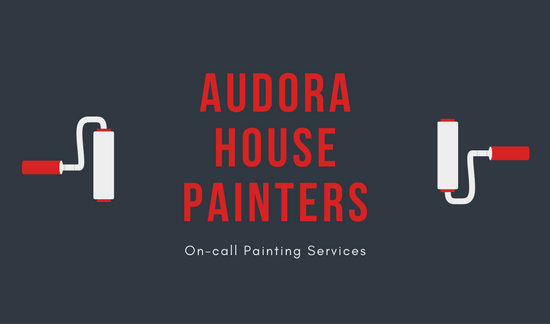Maximizing Tight Rooms: Painting Approaches To Suggest Greater Capacities
Maximizing Tight Rooms: Painting Approaches To Suggest Greater Capacities
Blog Article
Authored By-
In the realm of interior decoration, the art of maximizing little areas via tactical painting methods uses an extensive possibility to transform cramped areas right into visually large havens. The cautious option of light color schemes and smart use visual fallacies can function wonders in developing the illusion of room where there appears to be none. By employing these strategies judiciously, one can craft an environment that opposes its physical limits, welcoming a sense of airiness and openness that conceals its actual measurements.
Light Shade Selection
Picking light colors for your painting can substantially boost the illusion of area within your art work. Light shades such as soft pastels, whites, and light grays have the capability to reflect more light, making a space feel even more open and ventilated. These colors develop a sense of expansiveness, making wall surfaces appear to decline and ceilings seem greater.
By using light colors on both wall surfaces and ceilings, you can blur the borders of the space, providing the impact of a bigger location.
Furthermore, light colors have the power to bounce all-natural and artificial light around the space, brightening dark edges and casting fewer darkness. This impact not only contributes to the general sizable feel but additionally creates an extra welcoming and dynamic atmosphere.
When selecting light shades, consider the undertones to make certain harmony with other aspects in the area. By tactically including commercial wall paint into your painting, you can transform a confined space right into an aesthetically bigger and more inviting environment.
Strategic Trim Paint
When aiming to create the illusion of room in your paint, critical trim paint plays a critical role in defining boundaries and boosting deepness assumption. By tactically choosing the colors and surfaces for trim job, you can successfully control just how light engages with the room, inevitably affecting exactly how big or tiny a room really feels.
To make an area appear bigger, think about painting the trim a lighter color than the walls. This comparison develops a feeling of depth, making the walls recede and the space really feel more expansive.
On the other hand, repainting the trim the exact same color as the walls can develop a smooth appearance that obscures the sides, providing the impression of a continuous surface and making the limits of the space less defined.
Additionally, making use of a high-gloss coating on trim can show much more light, additional enhancing the assumption of space. Conversely, a matte coating can soak up light, producing a cozier ambience.
Very carefully thinking about these details when repainting trim can dramatically influence the total feel and viewed dimension of an area.
Optical Illusion Techniques
Using optical illusion strategies in paint can efficiently alter assumptions of depth and area within a given setting. One usual strategy is using slopes, where shades transition from light to dark tones. By applying a lighter shade on top of a wall surface and progressively dimming it in the direction of the bottom, the ceiling can appear higher, creating a sense of upright room. On the other hand, repainting the flooring a darker color than the wall surfaces can make it appear like the room prolongs better than it actually does.
Another optical illusion technique includes the strategic positioning of patterns. commercial painting services , for example, can visually expand a slim area, while upright stripes can elongate a room. Geometric patterns or murals with viewpoint can likewise trick the eye right into viewing more depth.
Furthermore, including reflective surface areas like mirrors or metallic paints can jump light around the space, making it feel more open and sizable. By skillfully employing these visual fallacy strategies, painters can transform small areas right into visually expansive areas.
Conclusion
Finally, strategic paint methods can be utilized to take full advantage of tiny areas and develop the impression of a larger and much more open area.
By selecting Read the Full Content for walls and ceilings, utilizing lighter trim colors, and incorporating visual fallacy methods, perceptions of depth and dimension can be manipulated to transform a little room into a visually bigger and a lot more inviting setting.
